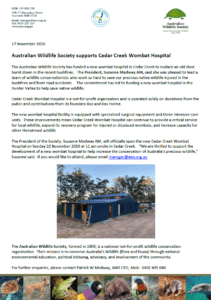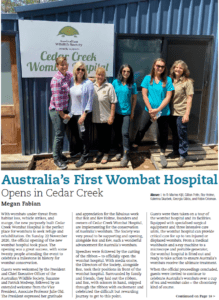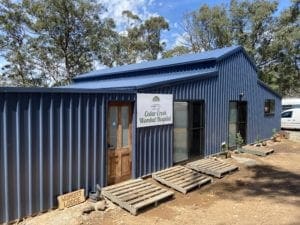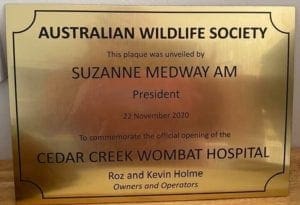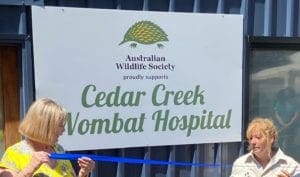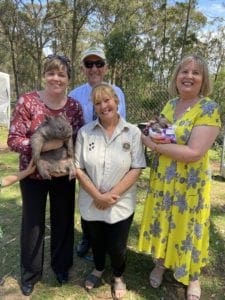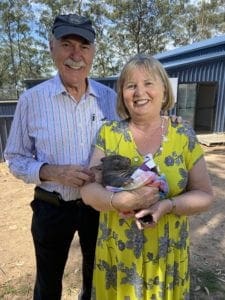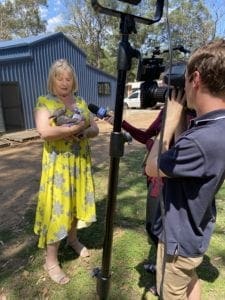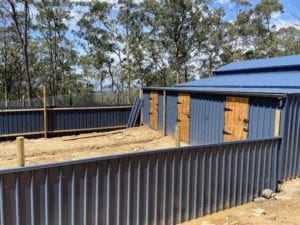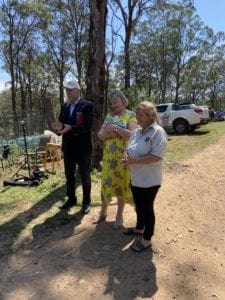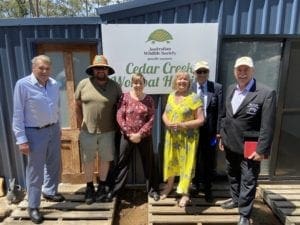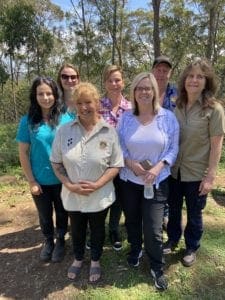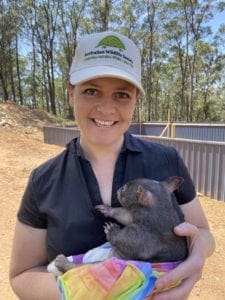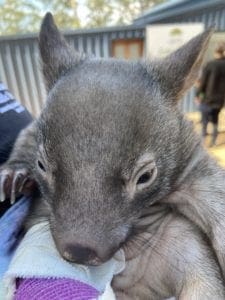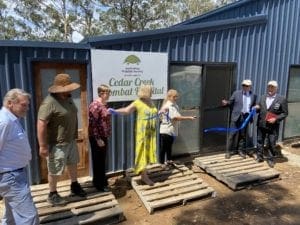Kinder Natoons Sponsorship to save endangered native wildlife
In 2020, the Australian Wildlife Society accepted a significant sponsorship from family-owned confectionery brand, Ferrero, as part of their Kinder Natoons series which aims to help save endangered wildlife across Australia. Kinder’s Natoons collection aims to provide parents with the tools to help educate their children about the importance of conserving native wildlife. The Society has selected five wildlife conservation programs, in Australia, as recipients of conservation funding under this program.
The Kinder partnership supports a range of wildlife projects helping to protect Australia’s native wildlife.
Save the Bilby Fund - Queensland
To save the bilby, genetic diversity and population numbers need to be increased, in a safe and secure location, to provide insurance against the possibility of extinction.
The good news is that bilbies are a fast-breeding animal and are superbly adapted to survival in our harsh outback.
Through the support of the Australian Wildlife Society, as part of the Kinder project, Save the Bilby Fund have been able to upgrade their bilby captive breeding facilities, built new crèche-ing pens, and make enclosure improvements, including new feral-proof fencing. Save the Bilby Fund has already witnessed several births with more on the way! Great news for the conservation of this species MORE>> Simple Stories - Save the Bilby
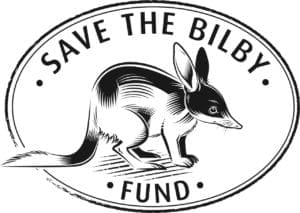
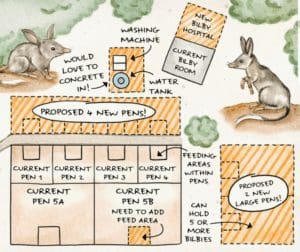
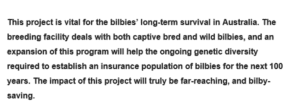

Excavation of bilby creche

Finished pen
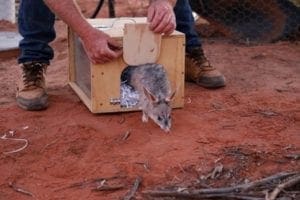
Opal (Bilby) being released into the Currawinya Sanctuary
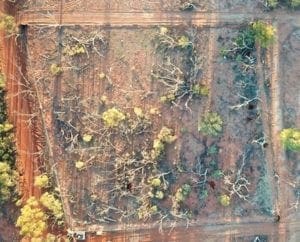
Soft release area at Currawinya
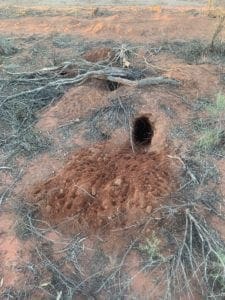
Bilbies love to dig
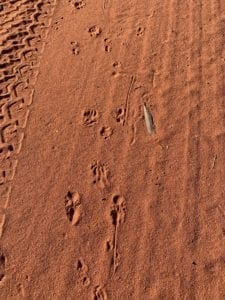
Bilby tracks
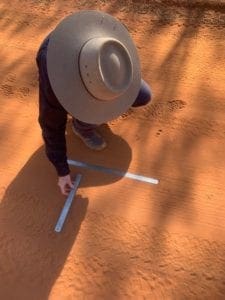
PhD student, Cass, measuring Bilby tracks
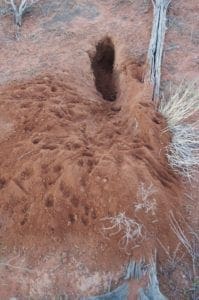
Bilbies love to dig
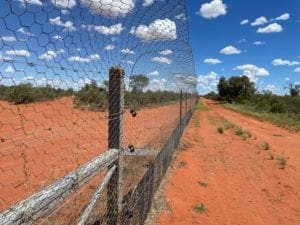
Predator exclusion fence at Currawinya Sanctuary
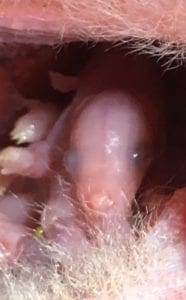
Juvenile bilby
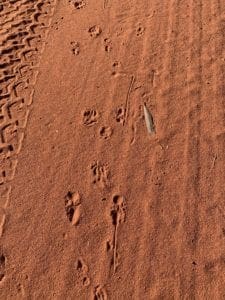
Bilby tracks
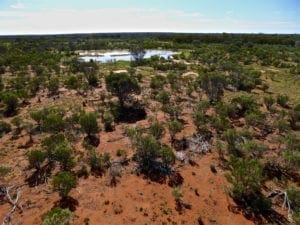
Currawinya Sanctuary
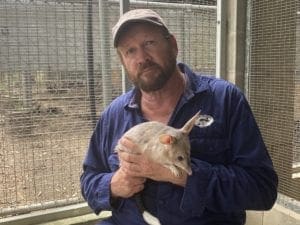
Kevin Bradley, CEO, Save the Bilby Fund

Kevin digging up a tracking transmitter in a bilby burrow
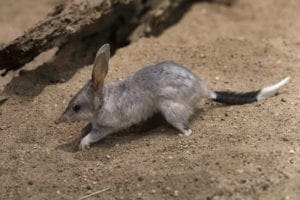
Tonka the bilby
Tasmanian Wildlife Rehabilitation Council - Tasmania
As the state’s peak representative body for wildlife rehabilitation, the Tasmanian Wildlife Rehabilitation Council provides a forum for education and consultation, as well as a voice for wildlife rehabilitators through its executive council members. Its primary aim is to ensure excellent welfare outcomes for Tasmania’s native animals during and post-rehabilitation, supporting and complementing conservation programs and strategies.
Bats come into care for rehabilitation for a number of ailments including cat attacks, being stuck in buildings, bad weather conditions and their specialised flight and hunting techniques mean they require the highest level of fitness to be released back into the wild. After just two weeks in care, a microbat loses the muscles needed to effectively hunt for insects and fly out from their roost each night. Currently, there is no enclosure on the island of Tasmania that enables their bats to develop flight fitness. For most of the species to gain efficient fitness, they need to exercise before release for at least a month.
Through the support of the Australian Wildlife Society, as part of the Kinder project, a purpose-built microbat rehabilitation flight aviary will be built enabling them to develop flight fitness. Furthermore, corresponding resources such as flight surveillance night cameras and Intensive Care Unit humidity cribs will also be purchased, to rehabilitate Tasmania's wild and injured microbats MORE>>
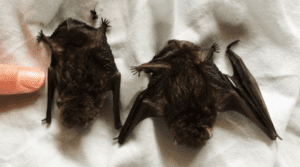
Microbats






Microbat flight enclosure
Australian Ecosystems Foundation - New South Wales
Australian Ecosystems Foundation Inc. is a not-for-profit registered environmental organisation dedicated to saving Australian wildlife by protecting habitats and maintaining natural ecological processes.
They are involved in managing over 3000 hectares of land and conducting research and captive breeding to improve the future of Australian endangered wildlife. Scientists from the University of New South Wales have established a mountain pygmy-possum (Burramys parvus) breeding program at Secret Creek Wildlife Sanctuary MORE >> MORE>>
Through the support of the Australian Wildlife Society, as part of the Kinder project, the Sanctuary can play a vital role in the preservation of the mountain pygmy-possum to help save this species from a changing climate and possible extinction MORE >>
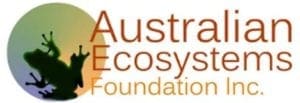
Australian Ecosystems Foundation Logo
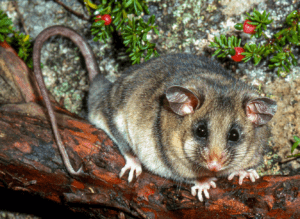
Mountain pygmy-possum (Burramys parvus)
Mountain pygmy-possum enclosure design
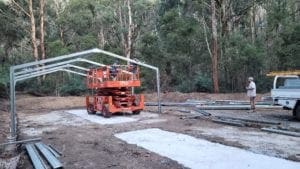
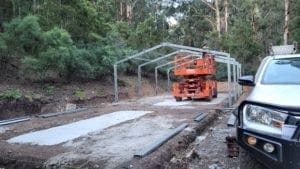
Construction of the mountain pygmy-possum breeding facility
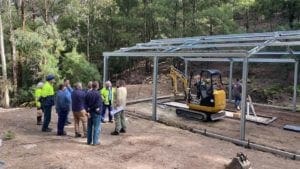
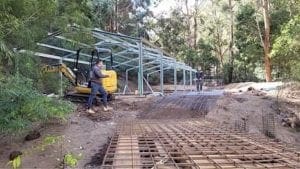
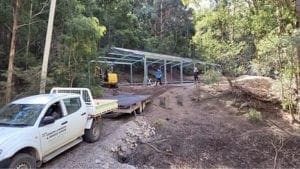
Flooring slab about to be poured
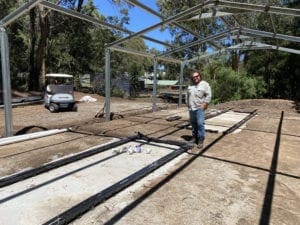
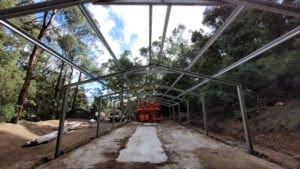
Friends of the Western Ground Parrot - Western Australia
The Western Ground Parrot (Kyloring) is Western Australia's and one of the World’s rarest birds. It is listed as Critically Endangered, and there are less than 150 birds known to be alive in the wild. Unlike many other parrots, the bird nests and feeds on the ground which makes it particularly easy prey for feral cats and foxes.
Friends of the Western Ground Parrot formed in Albany in 2003, at a time when it had become very obvious that the Western Ground Parrot was in serious decline. The organisation's aim is to raise awareness about the threat of extinction facing the parrot and to assist with the implementation of recovery actions. Wildfires over the past five years have destroyed over eighty percent of its known habitat, thus highlighting the species susceptibility and the need to establish another wild population via a translocation.
Media Release 11 June 2021 Access>>
ABC interview with ex-Chair Dave Taylor and Anne Bondin
Parrots in Peril: Saving Western Ground Parrot from extinction
Through the support of the Australian Wildlife Society, as part of the Kinder project, Friends of the Western Ground Parrot will provide camera traps for installation into prospective translocation sites. The camera traps are required to undertake predator surveillance (feral cats and foxes) to guide necessary management actions. The support of the Society, as part of the Kinder project, was acknowledged in the Friends of the Western Ground Parrot December 2020 newsletter MORE>> MORE>>
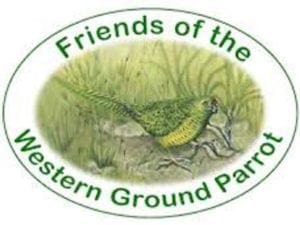
Friends of the Western Ground Parrot logo
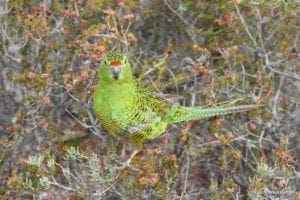
The western ground parrot (Pezoporus flaviventris)
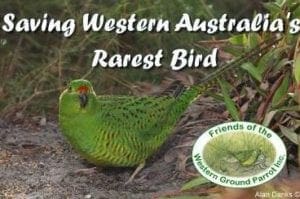
Western Australia's rarest bird
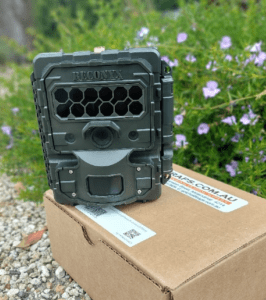 A wildlife camera that will monitor the western ground parrot
A wildlife camera that will monitor the western ground parrot
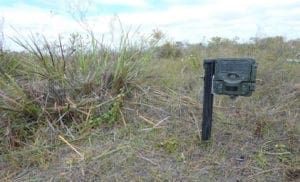
A predator camera trap in potential western ground parrot habitat. Photo: Helena Stokes, BirdLife Australia
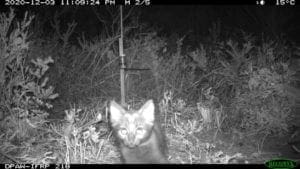
A feral cat in potential western ground parrot habitat. Photo: DBCA
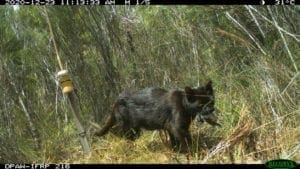
A feral cat with a victim (likely a New Holland honeyeater) in potential western ground parrot habitat. Photo: DBCA
Cedar Creek Wombat Hospital - New South Wales (Development)
Cedar Creek Wombat Rescue Inc & Hospital is a not for profit organisation that is recognised as a charity by the Australian Charities and Not-for-profits Commission. It is operated solely on donations, and contributions from its founders Roz and Kev Holme. Over 38 years ago, Roz and Kev Holme recognised the plight of the bare-nosed wombat (Vombatus ursinus). The loss of habitat, road hazards, and debilitating sarcoptic mange have all contributed to the steady decline of the bare-nosed wombat.
Along with wombats, Roz and Kev care for many other species of native animals with the focus being on animals that require more than routine care to get them to the point of release. Cedar Creek is dedicated to rescuing not just orphaned joey wombats but also sub-adults and adults that need medical care whether it be from accident, injury, mange or extreme weather events. The number of wildlife requiring treatment and rehabilitation is increasing.
Through the support of the Australian Wildlife Society, as part of the Kinder project, Cedar Creek is expanding and upgrading its wildlife hospital and adding additional intensive care unit pens, to ensure that Australia’s native wildlife receives superior treatment and support. The Society greatly admires Cedar Creek's work in helping to conserve Australia’s native wildlife MORE >> MORE>> MORE>>
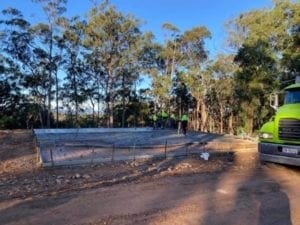
The cement trucks arrive
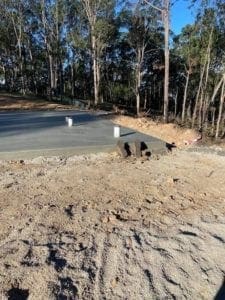
The wildlife hospital slab is placed
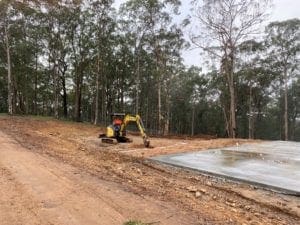
Wildlife hospital development
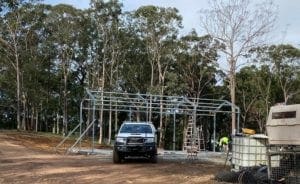
Wildlife hospital frame being assembled
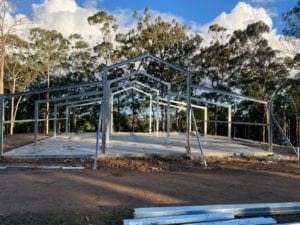
Wildlife hospital frame MORE>>
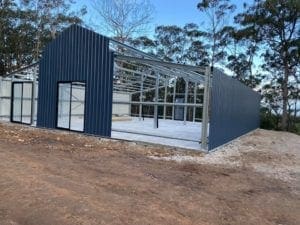
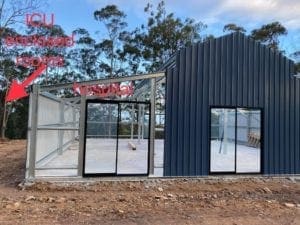
The doors are in and vermin seal is completed
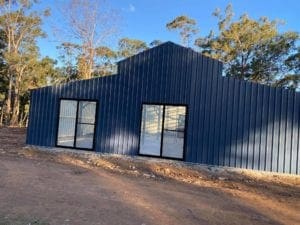
The downpipes are in and development is speeding ahead
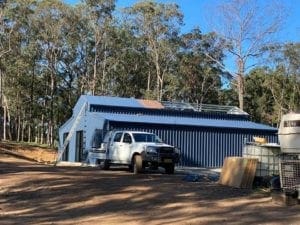
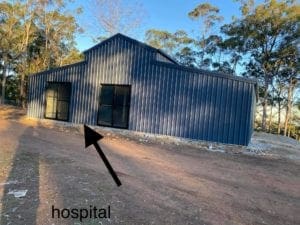
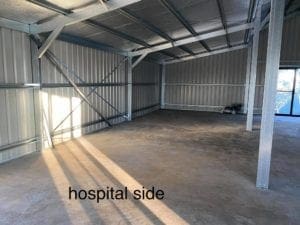
The roof is on and the insulation is in
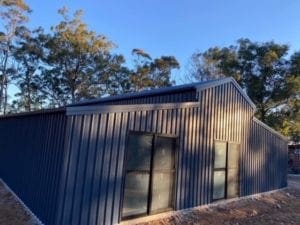
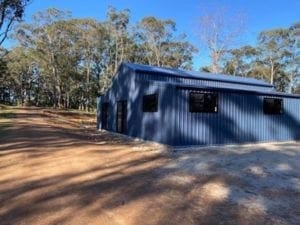
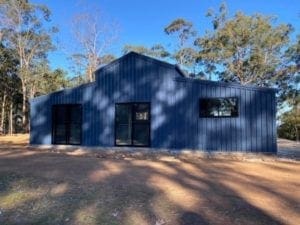
The development is speeding ahead
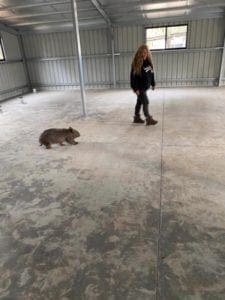
Roz and Dusty (wombat) working on their plans for the new enclosure
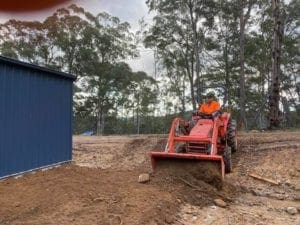
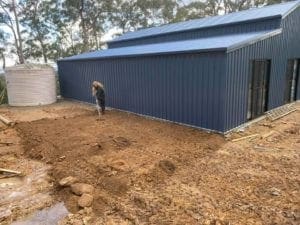
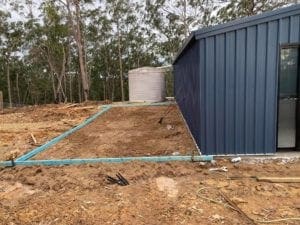
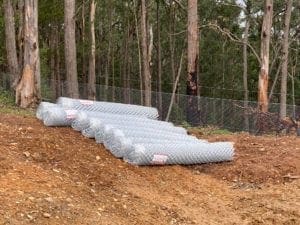
Roz and Kev preparing the land for the Intensive Care Unit pens
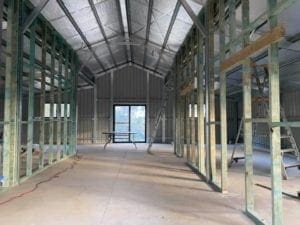
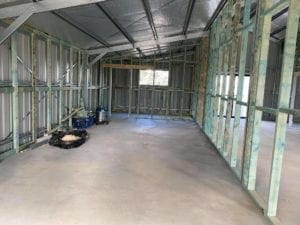
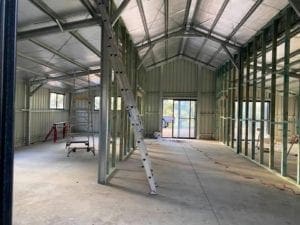
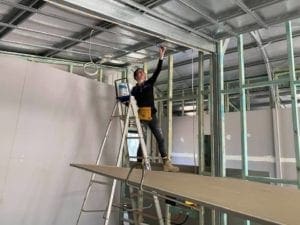
Development inside is coming along and the inside roof is erected
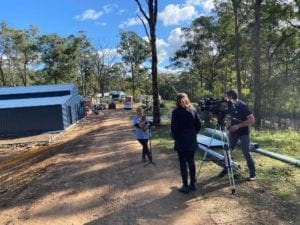
News story on the new wildlife hospital MORE>>
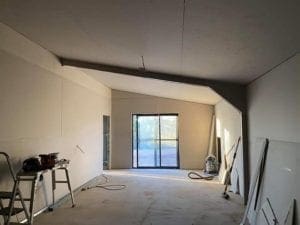
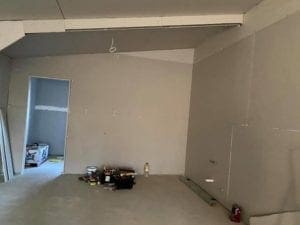
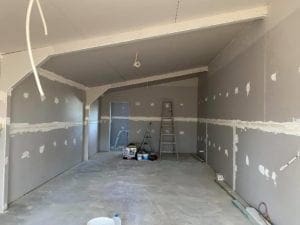
Gyprock progression inside
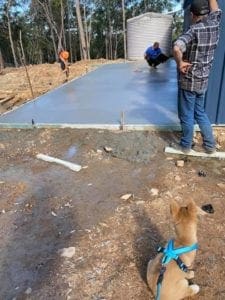
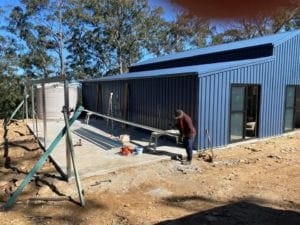
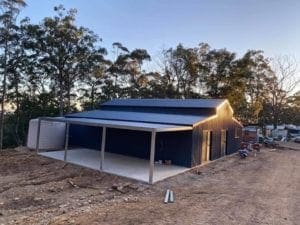
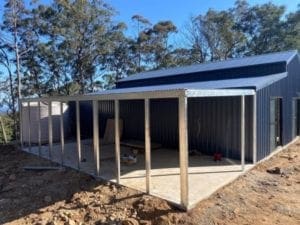
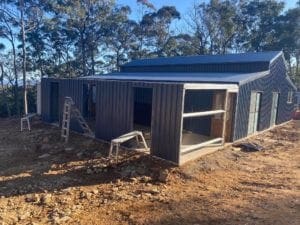
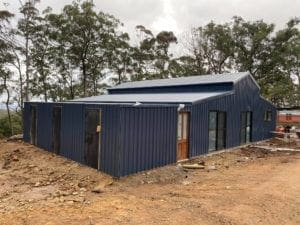
Intensive Care Unit pen development
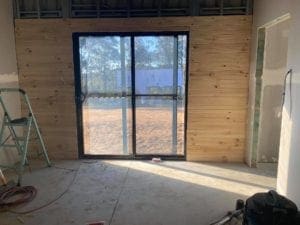
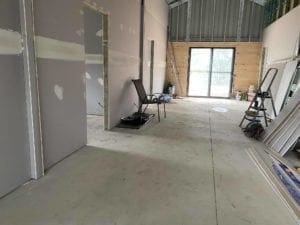
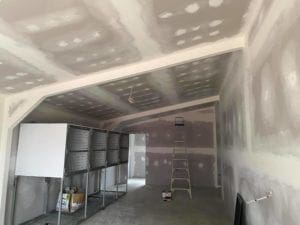
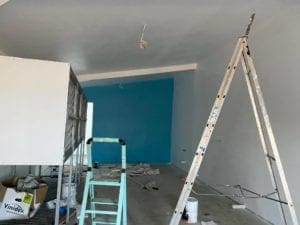
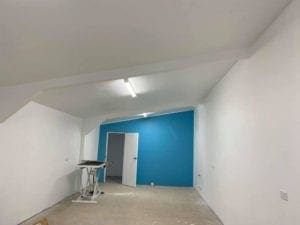
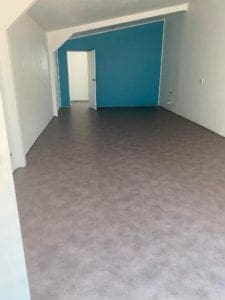
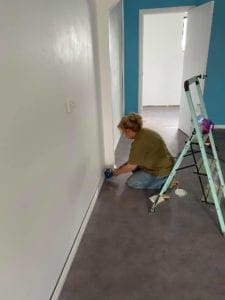
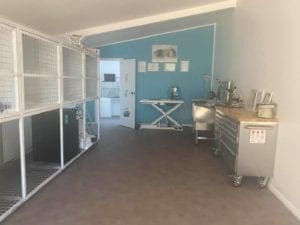
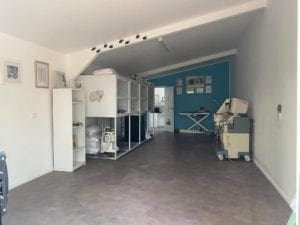
Painting progress of the hospital
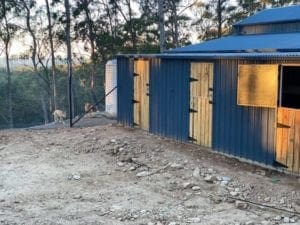
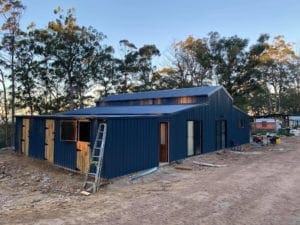
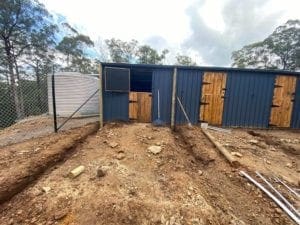
Wombat pens - outside
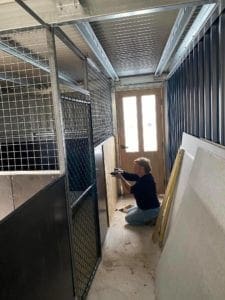
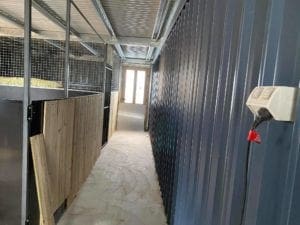
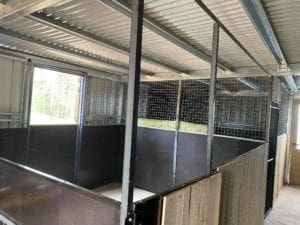
Wombat pens - inside
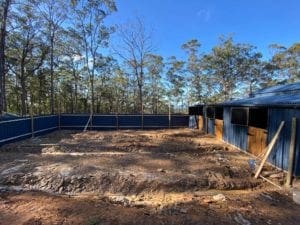
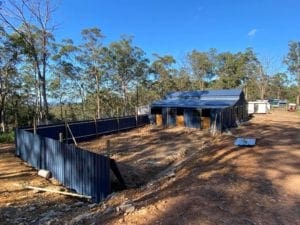
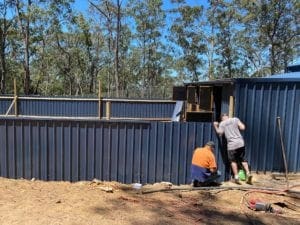
Enclosing the wombat pens/runs
17.11.20 Media Release Offical Opening
Who is Ferrero Australia?
Michele Ferrero, the son of a chocolatier, had a dream. He wanted to pioneer chocolate especially for children and for those who are children at heart, regardless of age. And so he created a delicious treat with family values at its core: Kinder Chocolate. Kinder NATOONS is sponsoring the Australian Wildlife Society, enabling us to support a number of wildlife conservation programs in each state of Australia, and one in New Zealand. Kinder is also supporting us in our mission to raise awareness of Australia’s and New Zealand’s endangered wildlife species. We acknowledge the generous support of Ferrero Australia in their Natoons program to help us raise awareness of all our endangered wildlife species through this new wildlife conservation program.
"We would like to acknowledge the generous support of Ferrero Australia. The sponsorship helps us raise awareness of native endangered wildlife species. The groups selected by the Australian Wildlife Society will see much needed funding of a number of critical conservation programs” Patrick Medway, Chief Executive Officer Australian Wildlife Society.
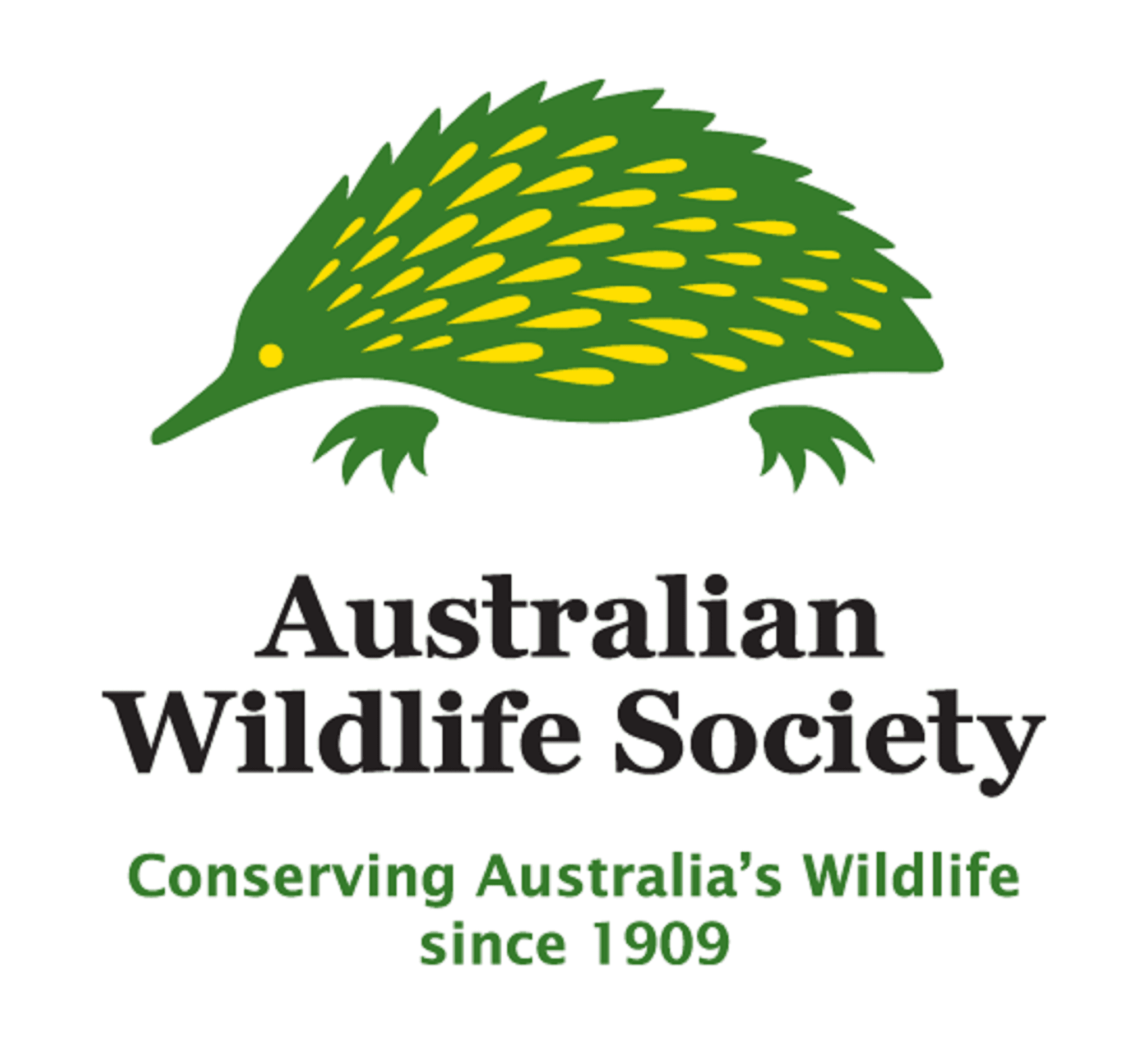
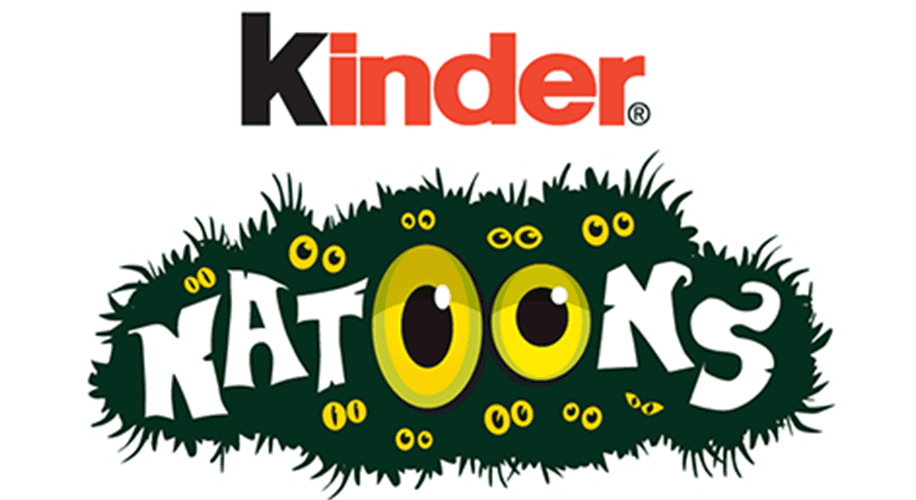
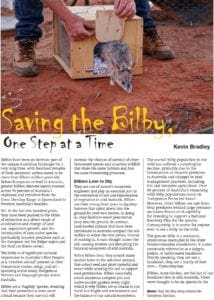
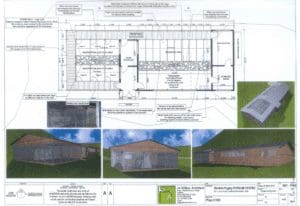
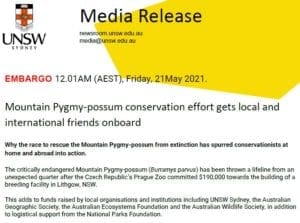
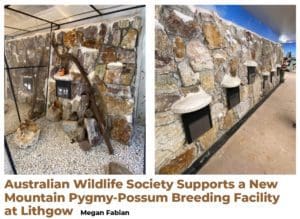
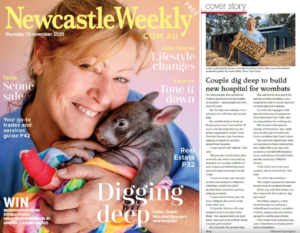 Newcastle Weekly
Newcastle Weekly